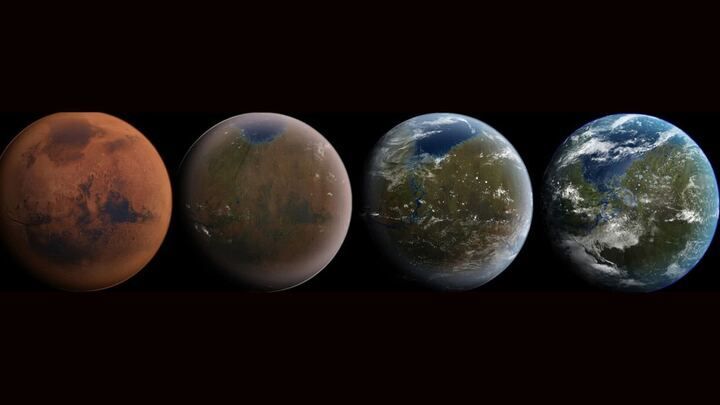This is the best summary I could come up with:
“However, plants such as mosses offer key benefits for terraforming, including stress tolerance, a high capacity for photoautotrophic growth, and the potential to produce substantial amounts of biomass under challenging conditions,” the new study’s team wrote in the paper.
The scientists subjected whole S. caninervis plants to conditions typically found on Mars: high doses of gamma radiation, low oxygen, extreme cold and drought.
“For example, S. caninervis plants maintain high levels of sucrose and maltose following stress; these sugars serve as osmotic agents and protectants that help preserve and stabilize cellular architecture,” wrote the scientists.
Stress also triggers genes that encode for photoprotective proteins and enzymes that help scavenge harmful reactive oxygen species generated under radiation.
Whether this statement is an exaggeration will depend on future experimentation — and may not even be achievable within our lifetime — but one important element missing from the discussion is not the feasibility of the science but the ethics behind it.
And, while the concept has been romanticized and thrown around in the media of late, there are serious concerns around social consequences on an extraterrestrial scale as a result of completely transforming an entire planet for human occupation.
The original article contains 702 words, the summary contains 196 words. Saved 72%. I’m a bot and I’m open source!



